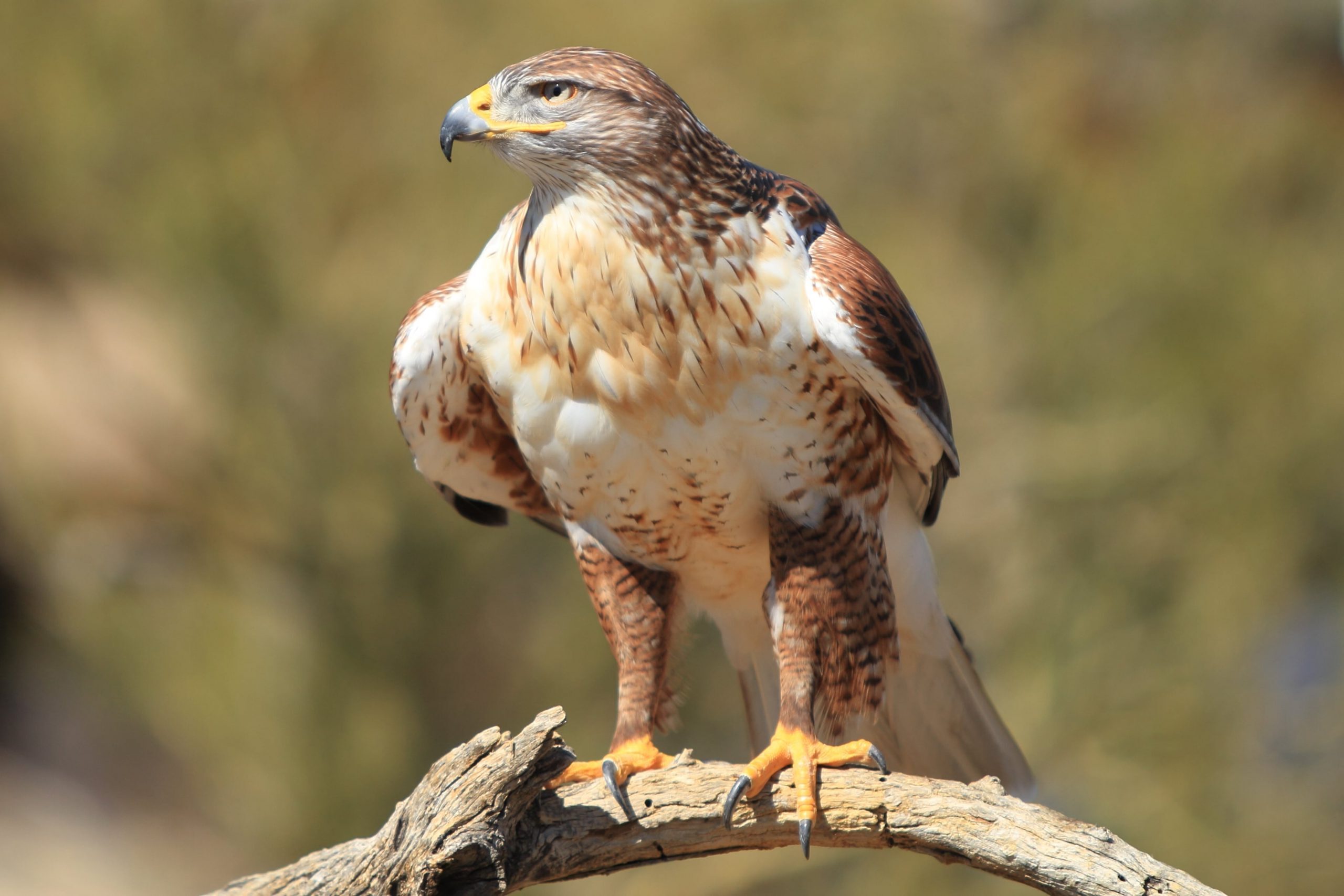
Did you know the Ferruginous Hawk is the largest hawk in North America? This majestic bird, with its striking rust-colored plumage, commands attention in the skies. Found primarily in open prairies and deserts, the Ferruginous Hawk is a master of soaring flight, often seen gliding effortlessly on thermal currents. Unlike many other raptors, this hawk prefers to nest on the ground or low cliffs, making it unique among its peers. With a wingspan that can reach up to 56 inches, it’s no wonder this bird is a favorite among bird watchers. Ready to learn more? Let’s dive into 29 fascinating facts about the Ferruginous Hawk!
Meet the Ferruginous Hawk
The Ferruginous Hawk is a majestic bird of prey found in North America. Known for its impressive size and striking appearance, this raptor has some fascinating traits.
-
The Ferruginous Hawk is the largest hawk in North America, with a wingspan that can reach up to 56 inches.
-
Its name, "Ferruginous," comes from the Latin word for "rusty," referring to the bird's reddish-brown plumage.
-
These hawks prefer open habitats like grasslands, deserts, and prairies, where they can easily spot their prey.
-
Unlike many other raptors, Ferruginous Hawks often hunt on the ground, chasing after small mammals.
Physical Characteristics
Understanding the physical traits of the Ferruginous Hawk can help in identifying this magnificent bird.
-
Adult Ferruginous Hawks have a distinctive white belly and rust-colored legs.
-
They have broad, rounded wings that allow for powerful flight and agile maneuvering.
-
The tail is usually white with a rust-colored wash, making it easy to spot in flight.
-
Juvenile Ferruginous Hawks have a more mottled appearance, with less distinct coloration compared to adults.
Diet and Hunting
The diet of the Ferruginous Hawk is diverse, making it a versatile predator.
-
These hawks primarily feed on small mammals like rabbits, prairie dogs, and ground squirrels.
-
They are also known to eat birds, reptiles, and insects when small mammals are scarce.
-
Ferruginous Hawks have excellent vision, allowing them to spot prey from great distances.
-
They often hunt in pairs or small groups, increasing their chances of a successful catch.
Nesting and Reproduction
The nesting habits of Ferruginous Hawks are unique and interesting.
-
Ferruginous Hawks build large nests made of sticks, often on cliffs, trees, or even man-made structures.
-
Both male and female hawks participate in nest building, which can take several weeks to complete.
-
The female typically lays 2-4 eggs, which are incubated for about 32-33 days.
-
Both parents take turns incubating the eggs and feeding the chicks once they hatch.
Migration Patterns
Migration is a crucial part of the Ferruginous Hawk's life cycle.
-
These hawks are partial migrants, meaning some populations migrate while others remain in their breeding areas year-round.
-
Migration distances can vary, with some birds traveling over 1,000 miles to reach their wintering grounds.
-
Ferruginous Hawks often migrate alone or in small groups, unlike some other raptor species that form large flocks.
-
During migration, they rely on thermal currents to conserve energy and cover long distances.
Conservation Status
The conservation status of the Ferruginous Hawk is a topic of concern for many bird enthusiasts.
-
The Ferruginous Hawk is currently listed as a species of Least Concern by the IUCN, but its population is declining.
-
Habitat loss due to agriculture and urban development is a significant threat to these birds.
-
Conservation efforts include protecting nesting sites and preserving open habitats.
-
Some regions have implemented programs to monitor and support Ferruginous Hawk populations.
Interesting Behaviors
Ferruginous Hawks exhibit some fascinating behaviors that set them apart from other raptors.
-
These hawks are known for their "mantling" behavior, where they spread their wings over their prey to protect it from other predators.
-
They are relatively silent compared to other hawks, rarely vocalizing except during the breeding season.
-
Ferruginous Hawks are highly territorial and will aggressively defend their nesting area from intruders.
-
They have been observed using their talons to dig for prey, a behavior not commonly seen in other raptors.
-
Ferruginous Hawks can live up to 20 years in the wild, although many do not survive to adulthood due to various threats.
The Ferruginous Hawk's Fascinating World
The Ferruginous Hawk stands out as one of nature's marvels. With its impressive wingspan, this bird of prey dominates the skies of North America. Known for its striking rust-colored plumage, the Ferruginous Hawk is a sight to behold. These hawks prefer open spaces, often seen soaring over grasslands and deserts. Their diet mainly consists of small mammals, making them crucial for maintaining ecological balance.
Breeding season brings unique behaviors, with elaborate courtship displays and large nests built on cliffs or trees. Despite their majestic presence, Ferruginous Hawks face threats from habitat loss and human activities. Conservation efforts are vital to ensure their survival.
Understanding these hawks enriches our appreciation for wildlife. Next time you're in their habitat, look up and marvel at these incredible birds. Their story is a reminder of the beauty and complexity of our natural world.
Was this page helpful?
Our commitment to delivering trustworthy and engaging content is at the heart of what we do. Each fact on our site is contributed by real users like you, bringing a wealth of diverse insights and information. To ensure the highest standards of accuracy and reliability, our dedicated editors meticulously review each submission. This process guarantees that the facts we share are not only fascinating but also credible. Trust in our commitment to quality and authenticity as you explore and learn with us.
